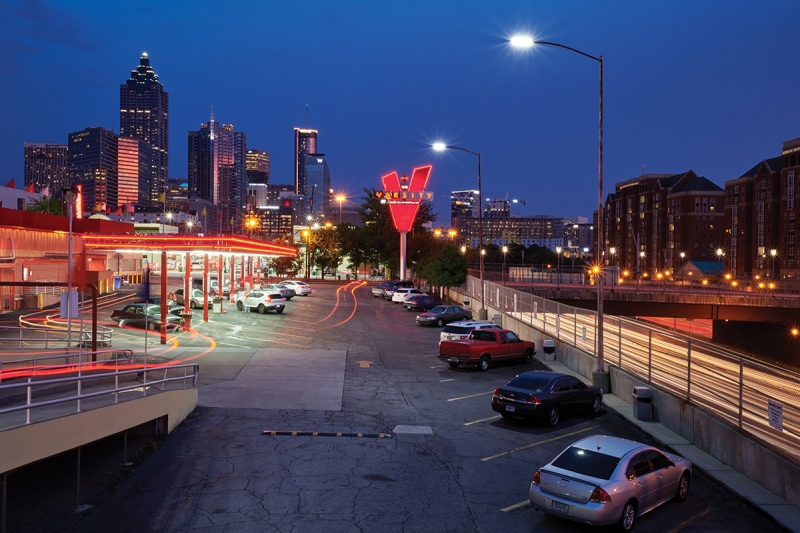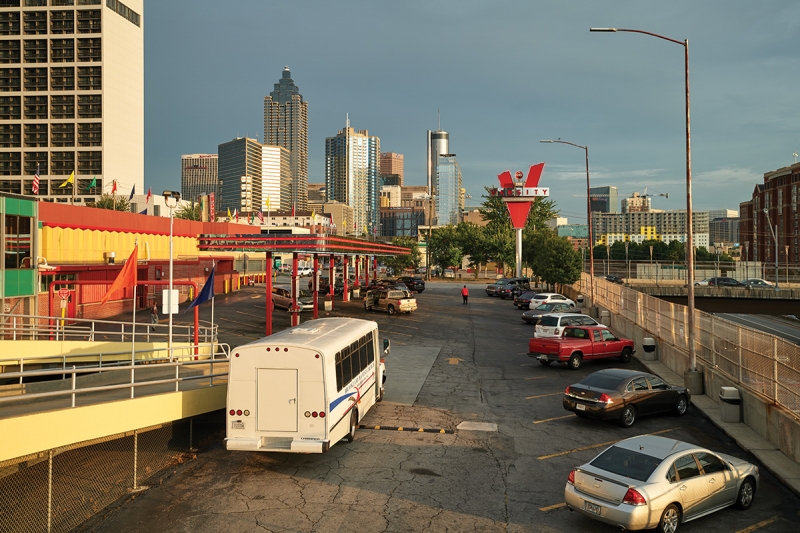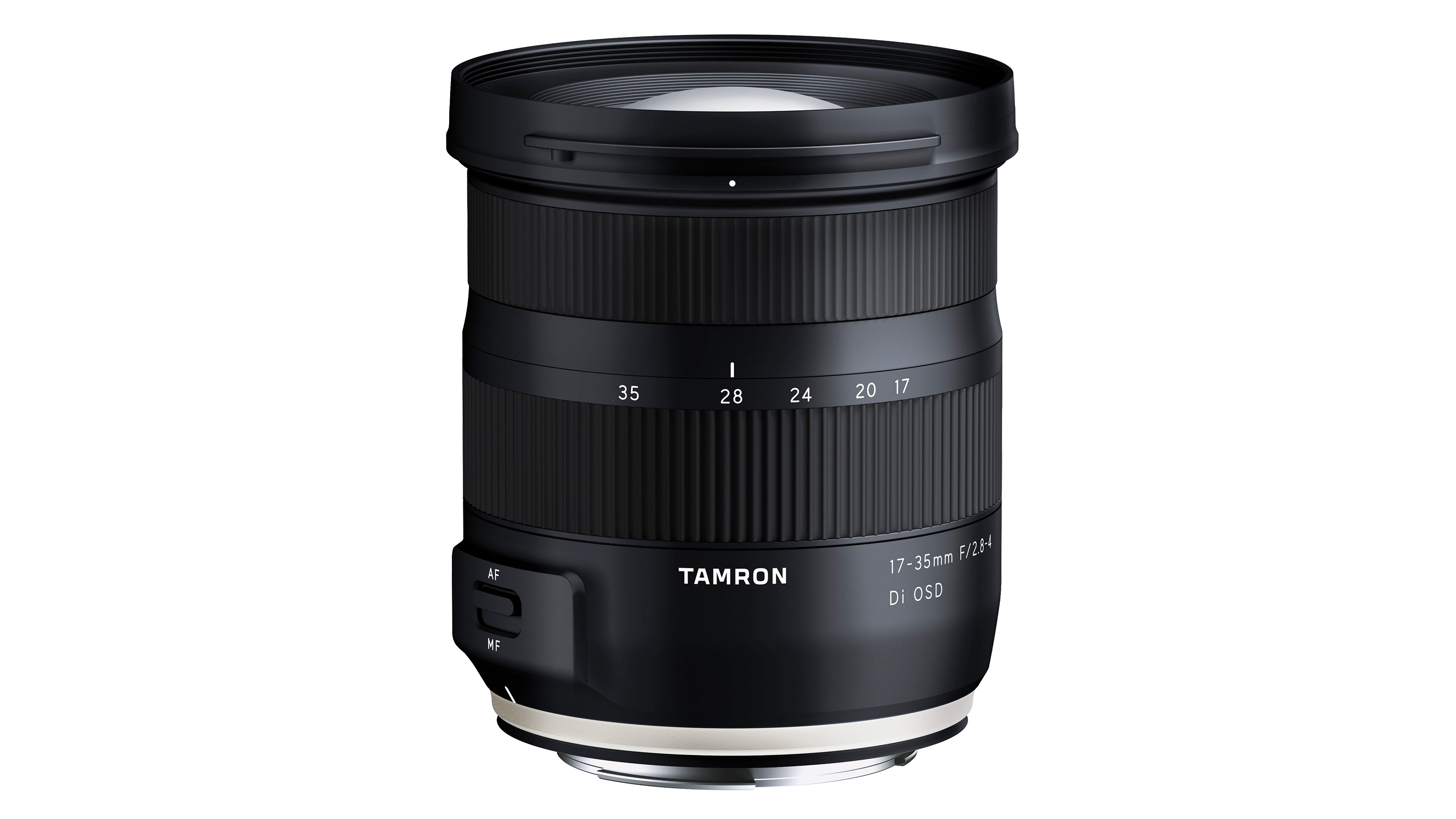Product review: Tamron 17-35mm f/2.8-4 Di OSD
A review of the Tamron 17-35mm f/2.8-4 Di OSD lens
• January 2020 issue
It’s not often that I get to concurrently test two lenses with focal length ranges that somewhat overlap. While working with a Nikon F mount Tamron 17-35mm F/2.8-4 Di OSD for review, I also had access to a Nikon AF-S Nikkor 16-35mm f/4G. Both lenses perform well and have different feature sets and radically different price points, with the Nikkor selling for nearly twice the price of the Tamron. I tested both lenses using a 45-megapixel Nikon D850 DSLR.
The notable difference between these lenses is not their maximum aperture but the absence of Tamron’s vibration compensation mechanism. Such mechanisms add bulk and expense to a lens and are useful when photographing with a handheld camera in dim light at longer shutter speeds. But they’re no substitute for using a tripod, monopod, or other support.
The rule of thumb I learned long ago for good handholding technique was that the longest shutter speed you could steadily handhold a camera was the reciprocal of the lens’s focal length. If you were shooting at a 200mm focal length, your shutter speed would be at least 1/200 second. But that was before zoom lenses started rivaling the performance of fixed focal length lenses. Zoom lenses tend to be heavier and larger than single focal length lenses in the same range, so I’ve modified that maxim for zoom lenses and use the reciprocal of its longest focal length setting as the minimum shutter speed.

In this 30-second exposure at f/22, note the lack of flare and a lack of geometric distortion with architectural elements as well as a pleasing bokeh.
Compared to the Nikkor 16-35mm f/4G, I can’t say that I missed the vibration compensation feature in the Tamron. That’s not because the Nikkor’s vibration reduction feature doesn’t work well—it works perfectly well—but the Nikkor weighs a half-pound more and is nearly an inch and a half longer than the Tamron lens.
Of course, the advantage of large f/stops goes beyond using shorter shutter speeds. More light reaching the autofocus sensors helps them work better. From 17-20mm the maximum aperture of this Tamron lens is f/2.8; from 21-24mm, f/3.2; from 25-30mm, f/3.5, and from 31-35mm, f/4. A large aperture lets you isolate a subject from the background, although in the 17-20mm range you would need a large near/far ratio to make that work. At the other end of the f/stop range there are differences as well. From 17-20mm, minimum aperture is f/16; from 21-24mm, f/18; from 25-30mm, f/20, and from 31-35mm, f/22.
Aperture also affects diffraction, and like most lenses, this one is sharpest when stopped down around two stops from wide open. Even so, sharpness and contrast are more than acceptable when the lens is wide open all the way down to one stop above the minimum aperture at all focal lengths.
As you stop down there is also bokeh to consider. I tested the lens for bokeh by locking the focus to the minimum distance, 11 inches, and shooting the same scene at each f/stop for every marked focal length. At each f/stop setting, the curved edges of the seven aperture blades form a circular aperture, and at all focal lengths the out-of-focus highlights have a pleasingly soft-edged circular shape. At the widest focal lengths the out-of-focus highlights are donut-shaped with a well-defined center edge and perimeter.

In this late-day image you can see good contrast and no ghosting or chromatic fringing in high-contrast areas.
The Tamron lens I was loaned for this review exhibited no evidence of decentering. Chromatic aberrations were well controlled. In photos of interiors, geometric distortions were minimal, but in straight-out-of-camera JPEGs there’s a minor degree of pincushion distortion toward the long sides of the frame in the 28 to 35mm range. The lens profile in Adobe Lightroom corrects for this. This is not the lens I would choose for high-end architectural commissions but should be perfectly fine for real estate photography.
By not incorporating vibration compensation, Tamron’s engineering team was able to keep the optical path relatively simple for a super-wide to wide angle zoom. There are 15 elements in 10 groups. Two are aspheric molded glass and four are made from Tamron’s low dispersion glass.
Lens build appears to be good. The lens feels solid and responsive. A fluorine coating on the front element repels moisture and oils, making it easy to clean. Tamron also paid attention to weather and dust proofing with nine moisture-proof seals distributed throughout the optical path.
For the price ($599), the Tamron 17-35mm f/2.8-4 Di OSD is a fine lens. Its combination of performance, price, and size make it an appropriate choice for a general purpose super-wide to wide angle zoom, especially if you’re on a budget or want to travel light.
Ellis Vener is a contributing editor to Professional Photogapher.


